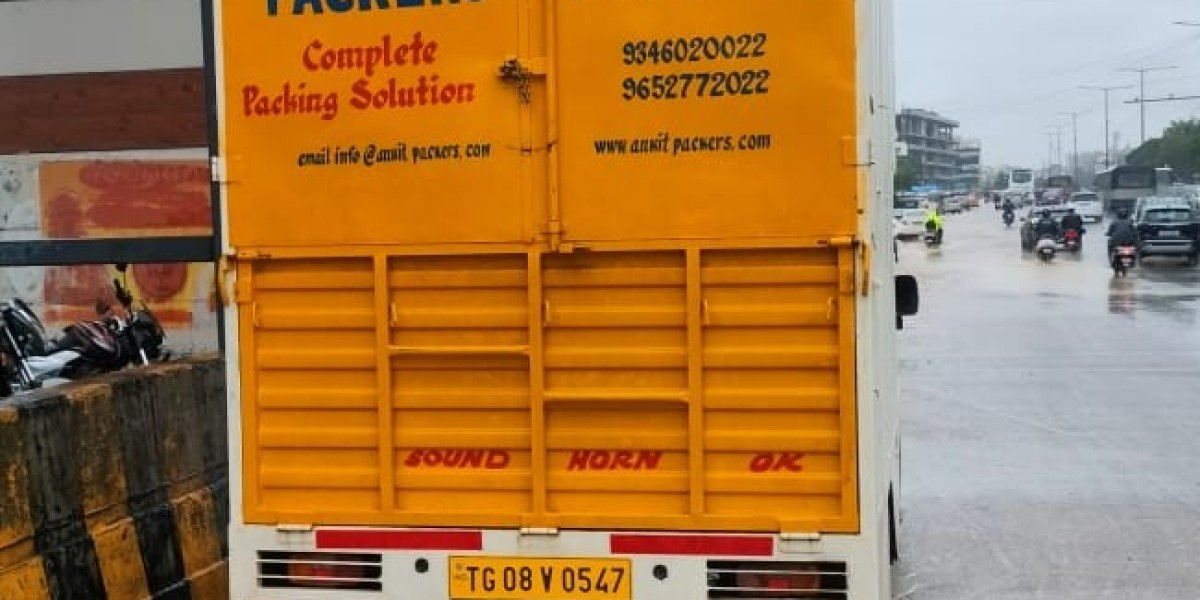Marine searchlights play a crucial role in navigation and emergency operations on ships. To ensure their reliability and safety, regular maintenance and proper repair are essential. Here are some key maintenance tips:
Regular Inspections
Visual Inspection: Regularly check the exterior, seals, and gaskets of the searchlight. Make sure there are no cracks, wear, or damage. Any damaged parts should be replaced promptly to prevent water ingress.
Function Test: Conduct a function test before each voyage or every three months to ensure the searchlight works properly. Check if the bulb lights up, the beam is clear, and the control functions are normal.
Cleaning and Maintenance
Clean the Lens and Reflector: Use a dedicated non-abrasive cleaner. Use a soft cloth to clean the lens and reflector. This ensures maximum light output. Avoid harsh chemicals that could damage protective coatings.
Clean the Housing: Remove salt, dust, and dirt from the searchlight housing to prevent corrosion. Thoroughly dry the surface after cleaning to prevent water from entering the interior.
Check Ventilation Holes: Ensure ventilation holes are clear to prevent the searchlight from overheating.
Electrical System Maintenance
Inspect Electrical Connections: Regularly check all electrical connections to ensure they are not loose, corroded, or damaged. Tighten any loose connections and replace any corroded parts.
Inspect Wires: Check wires for wear, cuts, or other damage, and replace any damaged wires.
Test Power Supply: Ensure the power supply is stable to avoid bulb damage from voltage fluctuations.
Lamp and Light Source Maintenance
Check Lamp Condition: Regularly check if the lamp flickers, dims, or fails, and replace any damaged lamps. For LED searchlights, although they are more durable, still check for any electrical issues.
Keep Spare Lamps: Have spare lamps or LED modules on board to quickly replace any that fail.
Corrosion Prevention
Use Corrosion-Resistant Materials: Ensure the searchlight housing is made of corrosion-resistant materials, such as stainless steel or marine-grade aluminum. Regularly apply protective coatings or spray anti-corrosion sprays to extend their lifespan.
Inspect Seals: Regularly check all seals and gaskets and replace any that are damaged or aged.
Mechanical Component Maintenance
Lubricate Moving Parts: Apply lubricant to the external moving mechanisms of the searchlight. These include the locking wheels, elevation, and rotation mechanisms. Perform this maintenance every six months.
Check Fasteners: Check the stability of mounting brackets and fasteners to ensure they are not loose.
Testing and Verification
Regular Testing: Conduct operational tests before night sailing. Test the searchlight in bad weather conditions. Also, test during emergency drills. These tests verify the searchlight’s functionality.
24-Hour Test: After maintenance, conduct a 24-hour power-on test. Observe the stability of the light source. Also, check the temperature of the searchlight.
Follow Manufacturer’s Guidelines
Refer to the Manufacturer’s Manual: Always refer to the manufacturer’s maintenance manual for specific maintenance and repair instructions. The manufacturer’s guide includes cleaning procedures, replacement part specifications, and maintenance schedules.
Keep Maintenance Records: Keep detailed records of all maintenance activities. Include inspection dates and any anomalies found. Note repairs carried out and parts replaced.
By following these maintenance tips, you can ensure that marine searchlights provide reliable lighting when needed. This enhances the safety and navigational capabilities of the vessel.






